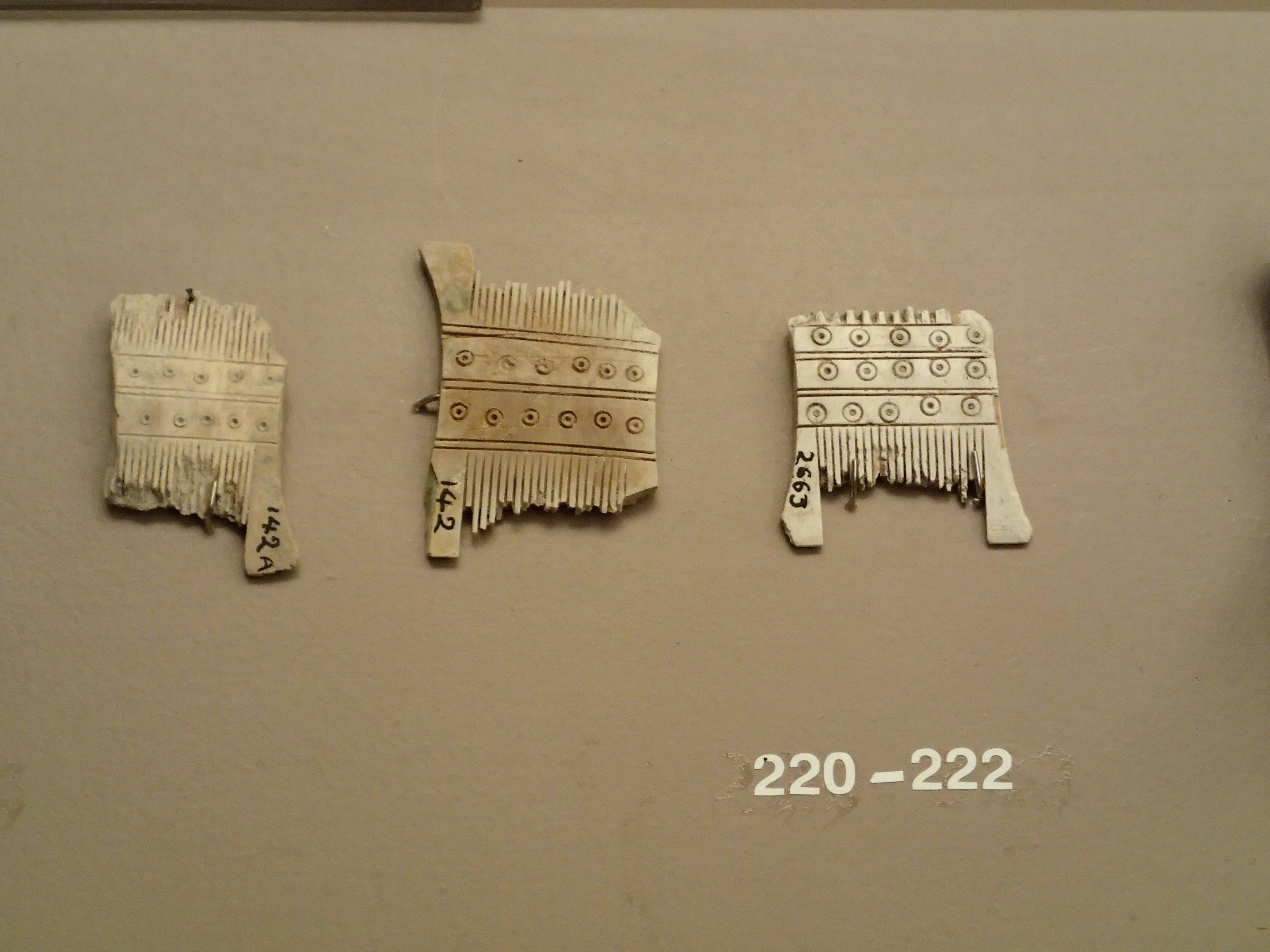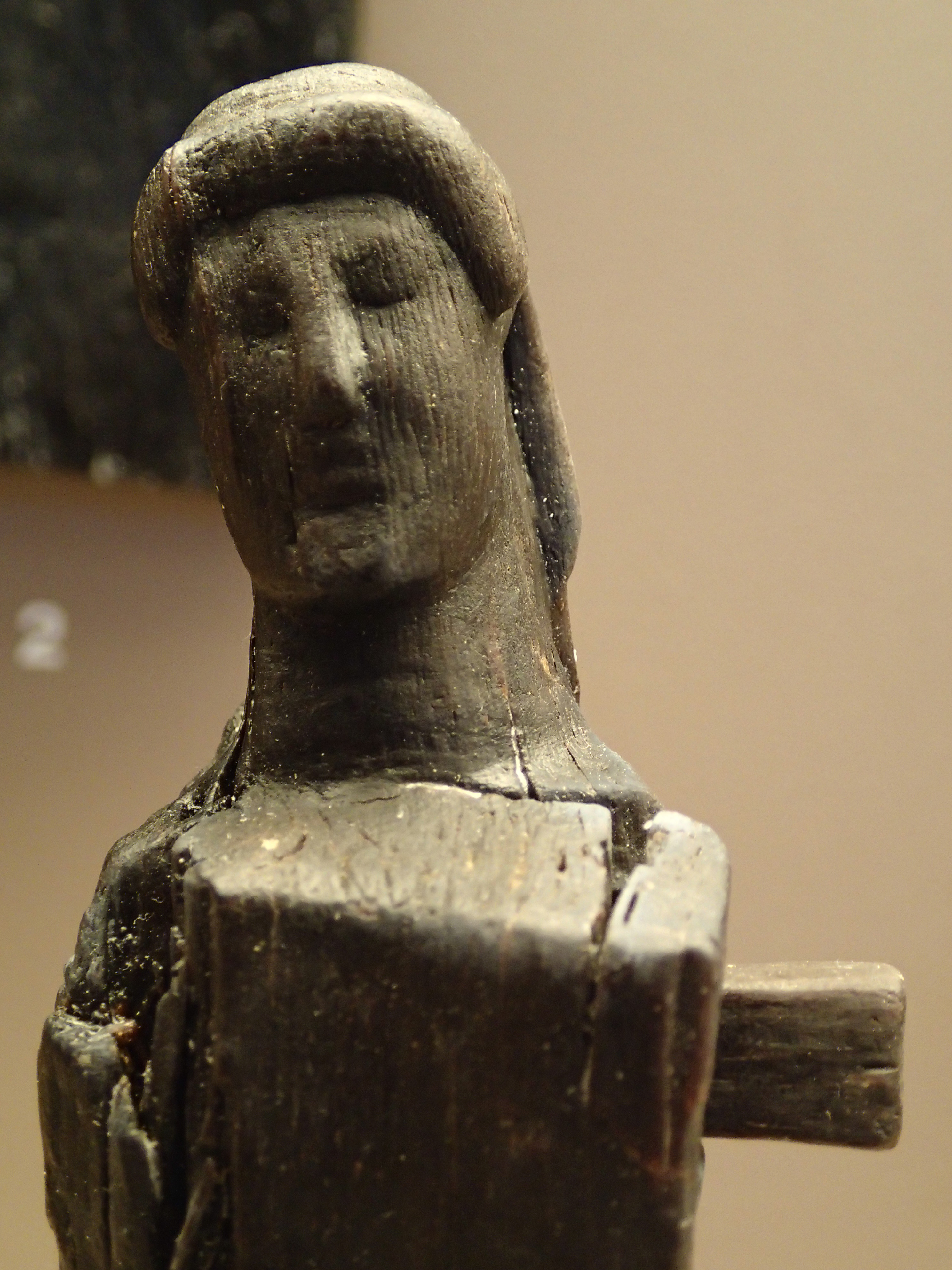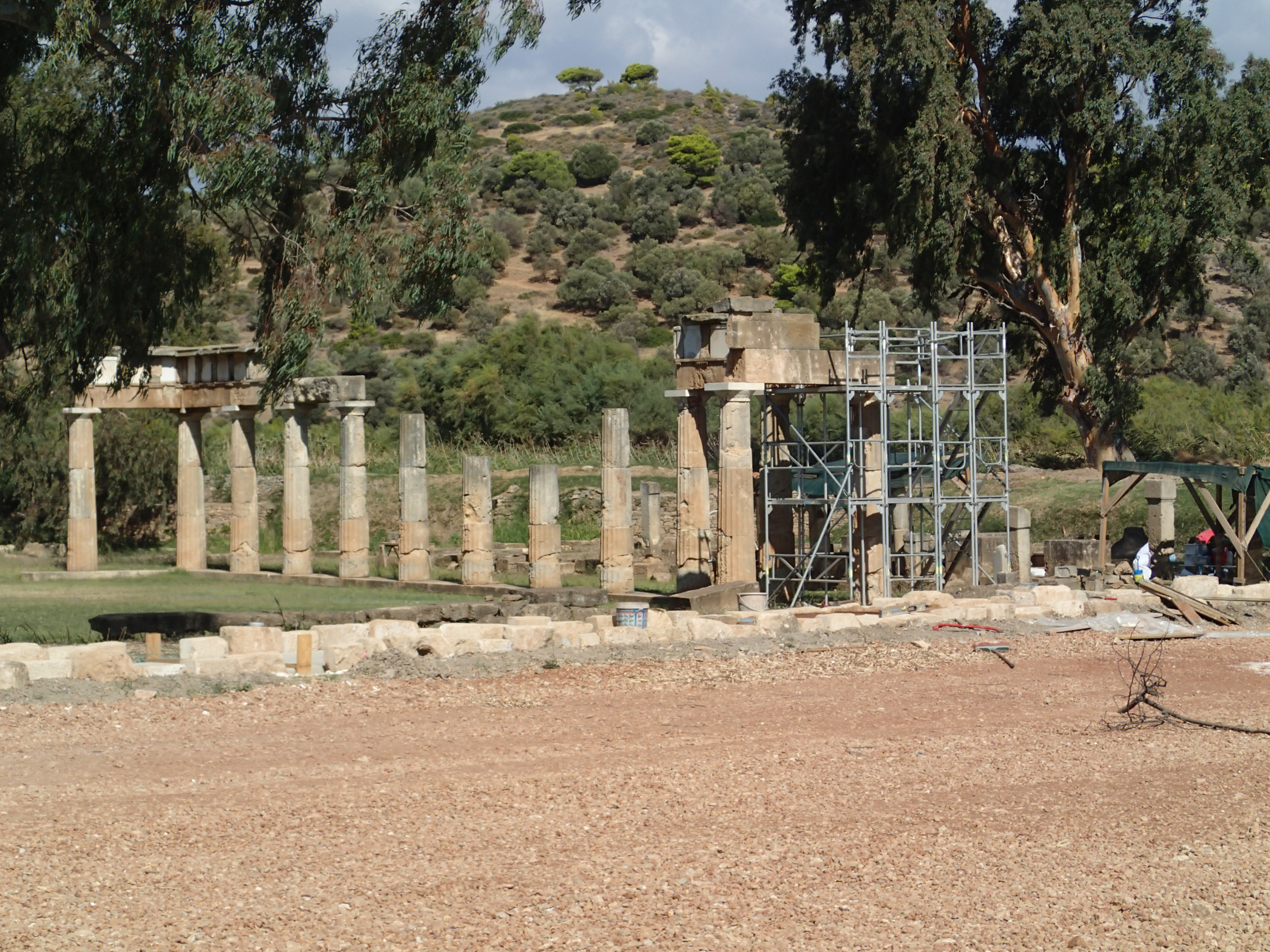The Sanctuary of Artemis at Brauron
Archaeological Development
Our understanding of the archaeological development of Brauron is made all the more difficult because a lack of material published on the site. The main excavator, Mr. John Papadimitriou, died during site excavation and his notes have not been released by his family. A lot of excavation data remains unpublished, which would incidentally push archaeological evidence of site activity back to the tenth century BC (Kahil 1988; Ekroth 2003).
The main article detailing site finds remains Papadimitriou’s 1963 paper in Scientific American, in which he cites archaeological evidence which dates cult activity at the site to the eighth century BC. The earliest evidence of cult takes the form of many terracotta figurines found in votive contexts. A spring and a cave-shrine later attributed to Iphigeneia shows evidence of cult activity from the eighth century, with the earliest stone structures built during the seventh century.
The original stone temple was built over with a new stone structure in the sixth century. By the fifth century the site is associated with the name Artemis, whose name begins appearing inscribed on discovered artefacts. A fifth-century mirror dedicated at the sanctuary bears the inscription “Hippylla the daughter of Onetor has dedicated it to Artemis in Brauron” (Papadimitriou, 1963).
The late sixth/early fifth century stone structure corresponds with the sanctuary of Artemis Brauronia, built around the same time in the south-west corner of the Acropolis. It is contemporaneous with Peisistratus’ building programme. A centrally located Brauronia, coupled with the original sanctuary situated at the eastern-most extremity of Attica, may be related to both Artemis’ association with liminal areas and boundaries, as well as Peisistratus’ attempts to consolidate control of Attica.
Gods/Heroes
The earliest evidence suggests that the site was principally a hero-shrine to Iphigeneia. In this early form, the site seemed to have been focused on a natural cave and spring, both of which were considered sacred based on the multitude of votive offerings found. However, given the evidence which supports the idea of a more-or-less continued use of Brauron from the late Bronze Age, through the Dark Age to the Archaic period, it may be tempting to see Iphigeneia as a later divinity construct, perhaps a conflation of new ethne-derived articulations with the Bronze Age deity Iphimedeia.
During the Archaic period the principle deity appears to have been a Potnia Theron, a ‘mistress of the hunt’, before emerging in the archaeological record as the personified incarnation of Artemis the Huntress.
Ritual Activity
The earliest ritual activity for which there is evidence is the high level of objects dedicated to the goddess in a ritual context. By the fifth century, concurrent with the site’s increasing association with Artemis, young girls before marriageable age were sent to Brauron to participate in what appears to be some kind of initiation ceremony. This involved dressing up as bears. This may have been a type of initiation ceremony marking the transition from girlhood to womanhood. This kind of ritual activity reached its heyday during the fifth and fourth centuries, as is evidenced by the new (accommodation) buildings built during this time.
Votive dedications include wooden and terracotta images of the goddess, statues of children (in praise of/hope for normal and healthy childbirth?), jewellery, loom weights, and cosmetic items such as combs and mirrors.
Rules and Regulations
The nature of the sanctuary (its votive content, hero/goddess associations and references in ancient literature) is almost entirely female, however we have no evidence which suggests men were forbidden from the sanctuary.
Other Activities
The site is located near a spring and flowing water source which periodically floods. Even to this day, excavators of the Greek Archaeological Service have to pump water out from the site. This flooding, over the centuries, has resulted in some very unique finds. The watery mud has actually preserved some of the oldest examples of Attic wood sculpture and paintwork we have.
Historical Significance
Its proximity to a water source, the defendable promontory and its place in already-established mythological contexts made the site of Brauron highly desirable for settlement and significant within the local mythic narrative from a very early period. Our understanding of the significance of the site at any given time is limited by the evidence – therefore, we can see a high level of significance leading up to and during the fifth century. The site was important enough to construct a counterpart on the Acropolis. Thematically, it is a site of interest when considering Greek female ritual activities; cult continuity and development; sanctuary development.
Who used the site, and where did they come from?
Literary evidence suggests that the young girls who took part in the bear festivals in honour of Artemis came from Athens and the surrounding area, and it has been suggested that the rite of initiation at Brauron (if that is what it was) was something only open to the daughters of the upper classes.
Select Site Bibliography
Euripides, Iphigenia in Tauris, trans. R. Lattimore (Oxford: Oxford University Press 1974).
Cole, S.G. (2000) “Landscapes of Artemis” in The Classical World, Vol. 93, No. 5, pp. 471-481.
Ekroth, G. (2003) “Inventing Iphigeneia? On Euripides and the Cultic Construction of Brauron” in Kernos, No. 16, pp. 59-118.
Kahil, L. (1988) “Le sanctuaire de Brauron et la religion grecque” in Comptes rendus des séances de l'Académie des Inscriptions et Belles-Lettres, No. 4, pp. 799-813.
Østby, E. (1993) “Twenty-five Years of Research on Greek Sanctuaries: A Bibliography” in Greek Sanctuaries: New Approaches, eds. N. Marinatos and R. Hägg (London: Routledge), pp. 153-178.
Papadimitriu, J. (1963) “The Sanctuary of Artemis at Brauron” in Scientific American, Vol. 206, No. 6, pp. 111-120.



